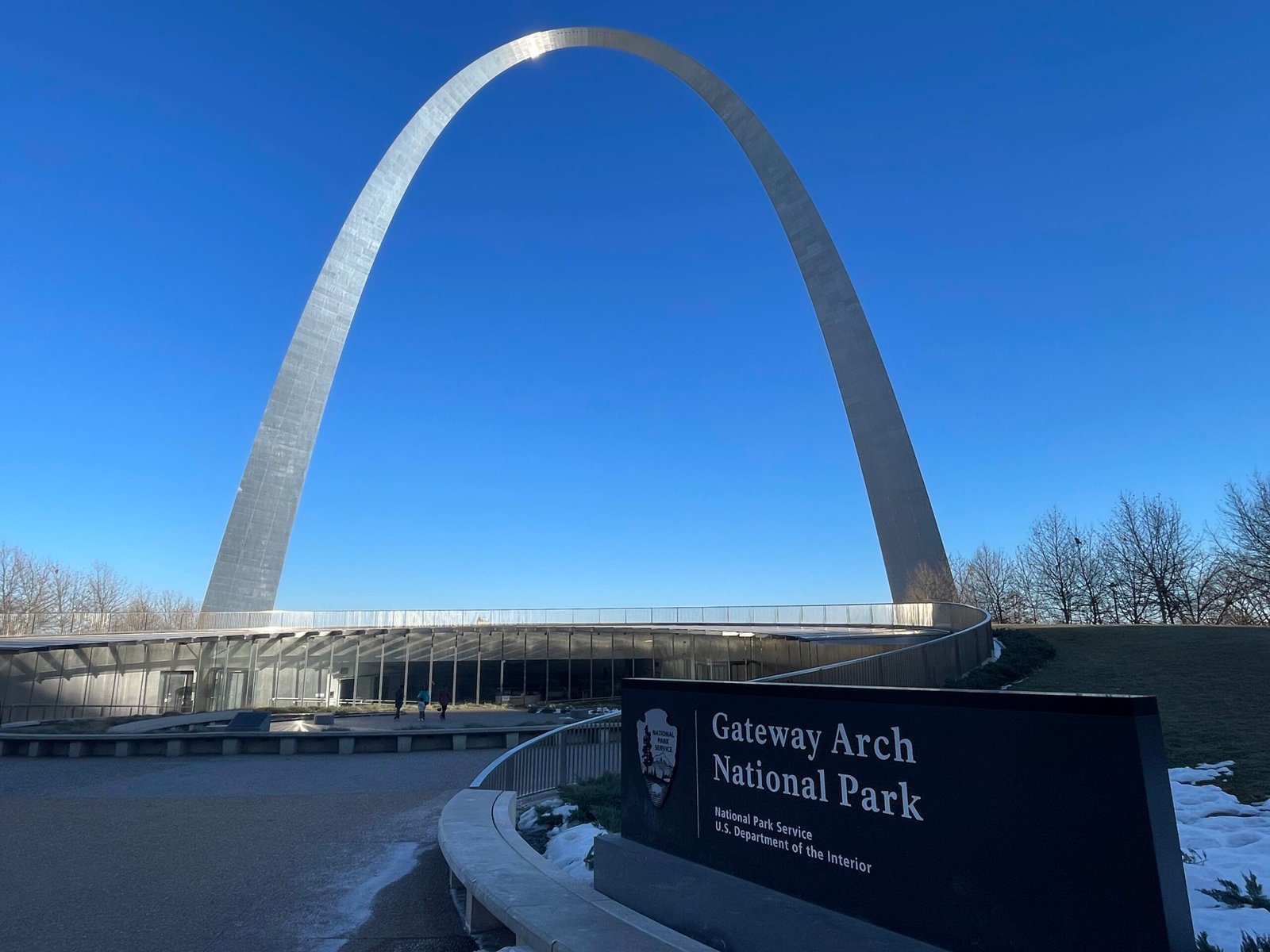
The artist formerly known as Jefferson Expansion National Memorial became a full-fledged national park under controversial circumstances in 2018. Incredible views of Mississippi from on high and a nice river walk aside, this is the least natural of the 63 national parks. Let’s dive in to the good, bad, and ugly surrounding this most interesting tale and the park that now exists.
What is it?
A massive, 630 foot stainless steel and concrete arch serving as a metaphoric “gateway” to the western United States.

Fast Facts:
Location: St. Louis, Missouri
Founded: 2018 (prior, Jefferson National Expansion Memorial since 1935)
Size: 193 acres
Cost: Free, unless one wishes to take the tram ride to top. Tram tickets are $19.00, with a discount of $3.00 given to any America the Beautiful pass holders.
Visited: 2025

The Ridley Review:
What is it? An impressive monument with an eye-opening visitor center. Why is it not? Your standard national park scenery.
The Layout
This is an urban park shaped largely like a rectangle, bounded by the Mississippi River on the East, and the Old Courthouse of St. Louis to the West, with Arch dead center, surrounded the by visitor center and some walking trails. The interior of the Arch itself is only accessed through the visitor center, which also houses a park film, museum, gift shop, and cafe.
Transportation
Well, hey, this is one of the few parks you can take public transportation to! You can use the St. Louis MetroLink to get to the park by exiting at either the 8th and Pine or Lacledes Landing stations.
Inside the park, there are escalators that bring folks down into the museum and the top of the Arch is accessible by tram ride (which costs $19/person). The rest of the park is tiny, flat, and walkable.
Activities
This is your chance to mix up the classic National Park itinerary! Go for a stroll or bike along the river, watch the park film and explore the incredible museum, take a trip up the arch, or visit one of the other historic buildings on the property.
Roads and Gas
There is no parking at the park; there is plenty of street parking and parking garages nearby in which to park at. Nearby highways include Interstates 44, 64, and 70.
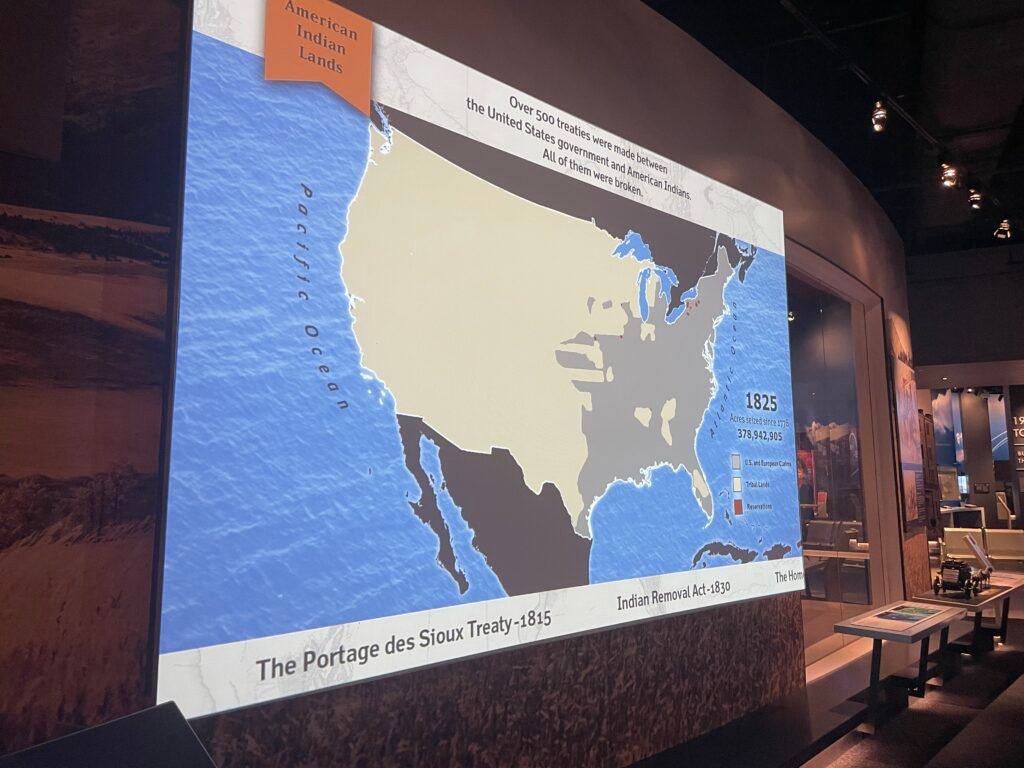
Rating:
It shouldn’t be a full-scale national park, and it is not a bucket list item, but it is an American icon and worth seeing if you are in St. Louis.
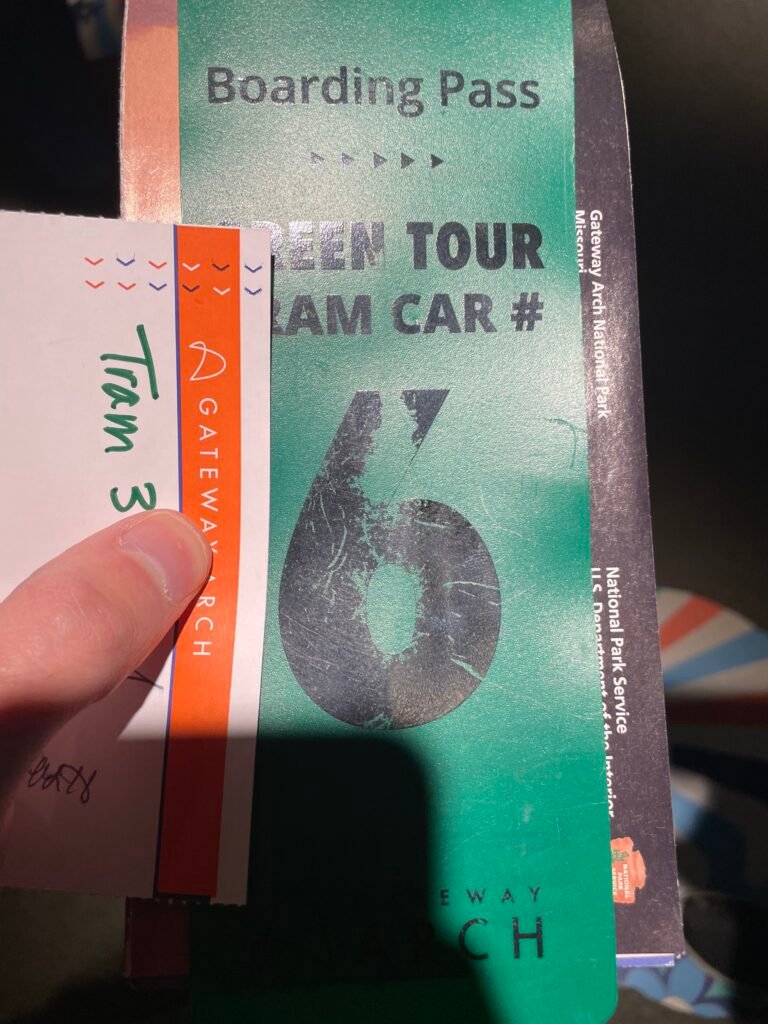
Food & Lodging
Food
Well, you have the entire St. Louis culinary scene to choose from. If you are hell-bent on staying inside the park to grub, the Arch Cafe serves full meals and quick bites. It is located downstairs on the right hand side of the visitor center, after the museum and gift shop.
Lodging
Hotels
Anywhere in St. Louis. Public transportation can get you very close to the park.
Camping
Not recommended.
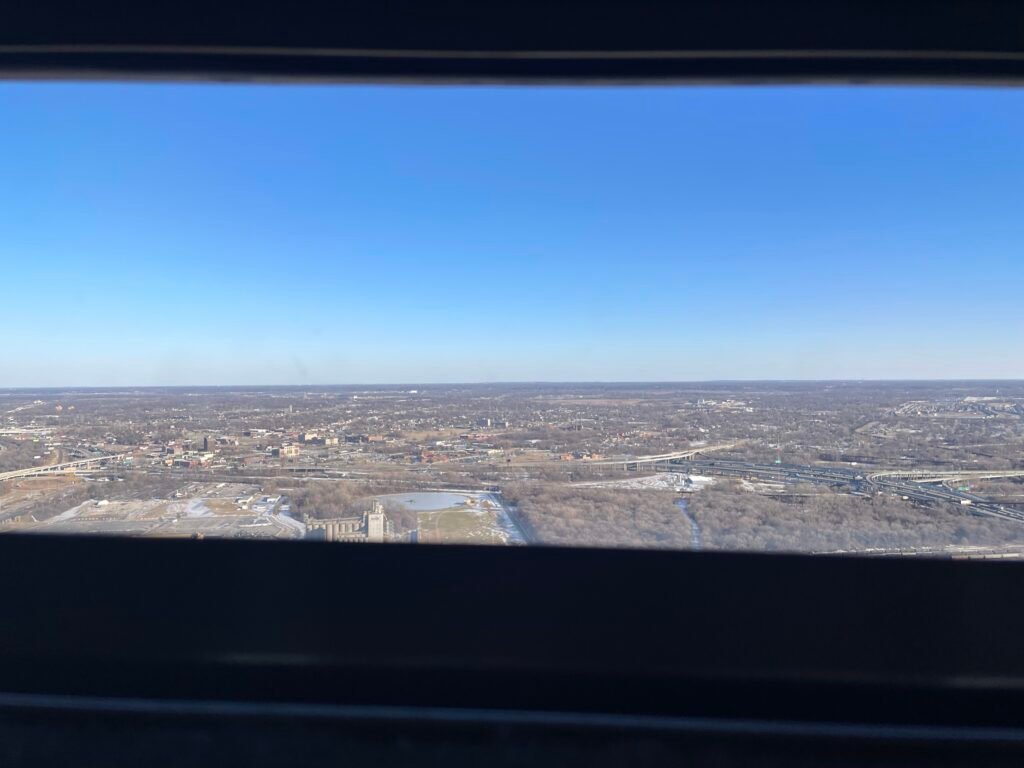
Hikes and attractions:
Hikes
A nice river walk along the banks of the Mississippi.
Attractions
The Gateway Arch is the namesake attraction here and the big shebang. It is massive, it towers over much of the area, and is an incredible work of engineering. Giant metal arches aren’t naturally occurring, but this is best you get here. Stunning views of downtown St. Louis through a window roughly the size of a shoebox and views of highly industrial East St. Louis on the other side.
Otherwise, we have a very well-done educational and entertaining museum in the visitor center, a nice film about Westward expansion, and St. Louis’ first courthouse to explore.

National Park Rankings
- Yosemite National Park
- Olympic National Park
- Mount Rainier National Park
- Kings Canyon National Park
- Zion National Park
- Bryce Canyon National Park
- Arches National Park
- Canyonlands National Park
- Crater Lake National Park
- Indiana Dunes National Park
- Shenandoah National Park
- Capitol Reef National Park
- Acadia National Park
- Redwood National Park
- Pinnacles National Park
- Cuyahoga Valley National Park
- Gateway Arch National Park
A note: as with all reviews to come, this will be updated upon any re-visit to the park. Feel free to comment or send in your own reviews or recommendations and we will get it added here!

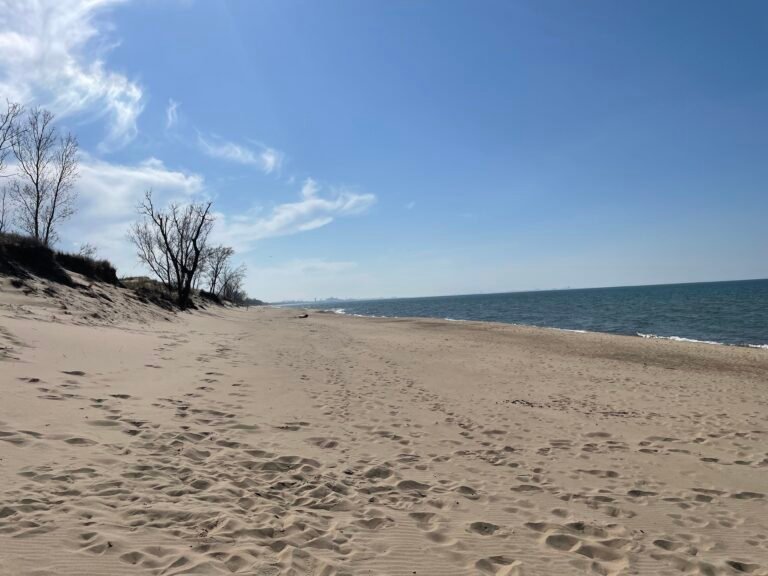

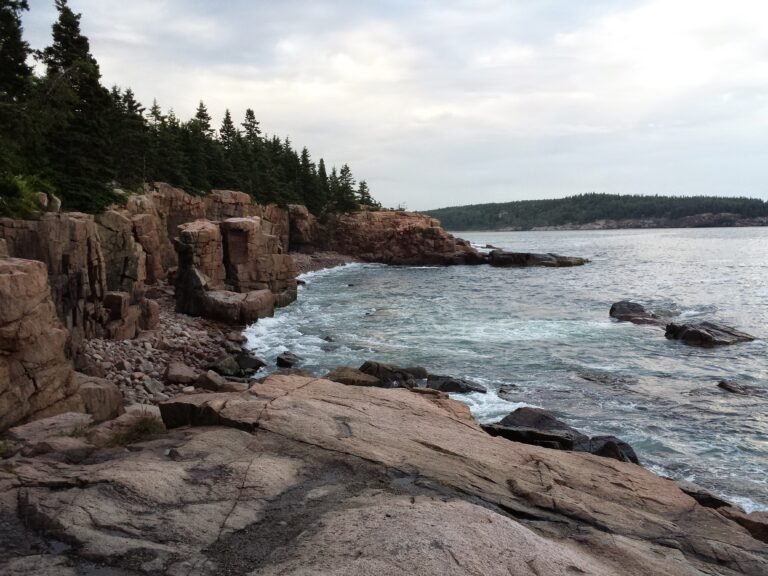

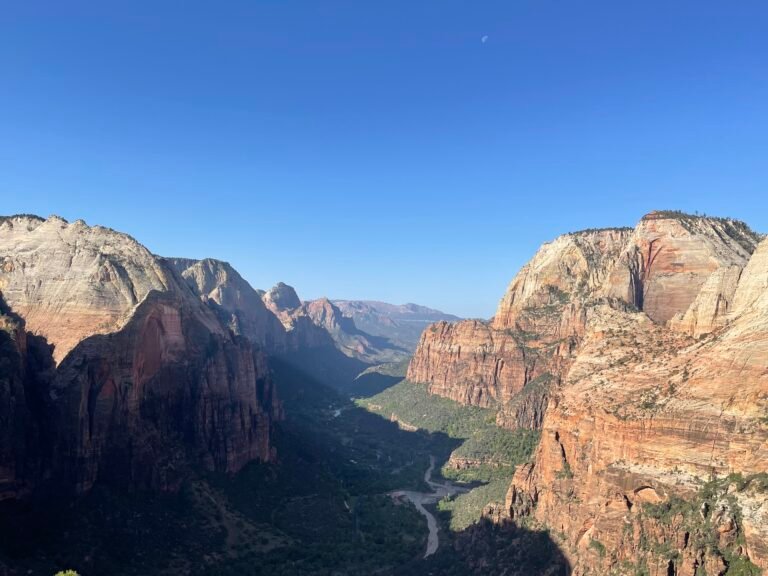
This is a great, thorough description of the park. You are so right about the good, the bad, and the ugly of our country’s past. Sadly, based on the present, it looks like we have learned enough from our past mistakes. The parks are great reminders so that we can move forward on a better path!
It is truly an amazing site to see. Did you and Bre take the tram to the top?. Can’t believe Yellowstone is not in the rankings.